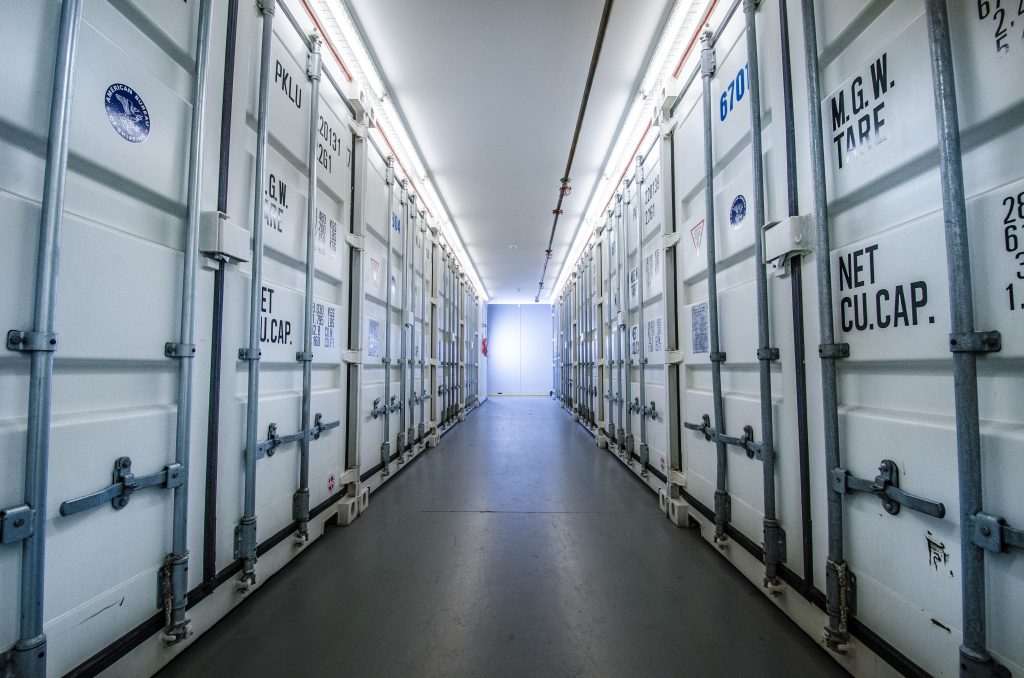In the dynamic landscape of modern commerce, businesses often find themselves navigating the complexities of logistics and inventory management. One strategic solution that has gained significant traction in recent years is the utilization of goods storage centers. These facilities serve as pivotal hubs where businesses store their goods and materials, offering a range of benefits that streamline operations and enhance efficiency.
Optimal Space Utilization
One of the primary reasons businesses opt for goods storage centers is the efficient utilization of space. Whether dealing with seasonal fluctuations in inventory or the need for long-term storage solutions, these centers provide flexible space options that can be scaled according to demand. This flexibility allows businesses to adjust their storage requirements without committing to long-term leases or investing in additional real estate, thereby optimizing their operational costs.

Enhanced Inventory Management
Effective inventory management lies at the core of operational efficiency for businesses of all sizes. Goods storage centers offer advanced inventory tracking systems and management technologies that ensure real-time visibility and control over stock levels. This capability not only minimizes the risk of stockouts and overstocking but also facilitates accurate forecasting and demand planning. By centralizing their inventory in specialized facilities, businesses can streamline order fulfillment processes and improve overall supply chain efficiency.
Cost Efficiency
Cost efficiency remains a significant driver behind the adoption of goods storage centers. Instead of maintaining dedicated warehouse spaces with associated overhead costs, businesses can leverage shared storage facilities that offer cost-effective storage solutions. This cost-effective approach extends beyond rental savings to include reduced labor costs associated with warehouse management, maintenance expenses, and insurance premiums. Such savings enable businesses to allocate resources more strategically towards core business activities and growth initiatives.
Accessibility and Convenience
Accessibility is another key advantage offered by goods storage centers. These facilities are strategically located in proximity to major transportation networks, allowing for efficient distribution and transportation of goods. This proximity reduces lead times and transportation costs, thereby enhancing overall operational agility. Additionally, many storage centers provide round-the-clock access and security measures, ensuring that businesses can retrieve and manage their inventory as needed, even during non-standard hours.
Scalability and Flexibility
The scalability and flexibility provided by goods storage centers are invaluable to businesses experiencing growth or seasonal fluctuations. Whether expanding operations, launching new product lines, or managing peak seasons, businesses can seamlessly adjust their storage requirements without the constraints of fixed space. This scalability fosters agility in responding to market demands and enables businesses to capitalize on emerging opportunities without delays or disruptions.
Risk Mitigation and Compliance
Goods storage centers adhere to stringent industry standards and regulatory requirements, ensuring compliance with safety, environmental, and security protocols. By entrusting their inventory to certified facilities, businesses mitigate risks associated with theft, damage, or regulatory non-compliance. Furthermore, these centers often offer specialized services such as climate-controlled storage, hazardous material handling, and customs clearance, catering to diverse industry needs and enhancing operational reliability.
The eşya depolama centers play a pivotal role in modern business operations by offering comprehensive storage solutions that enhance efficiency, reduce costs, and mitigate risks. By leveraging these specialized facilities, businesses can optimize their supply chain management, improve inventory control, and maintain a competitive edge in today’s global economy.